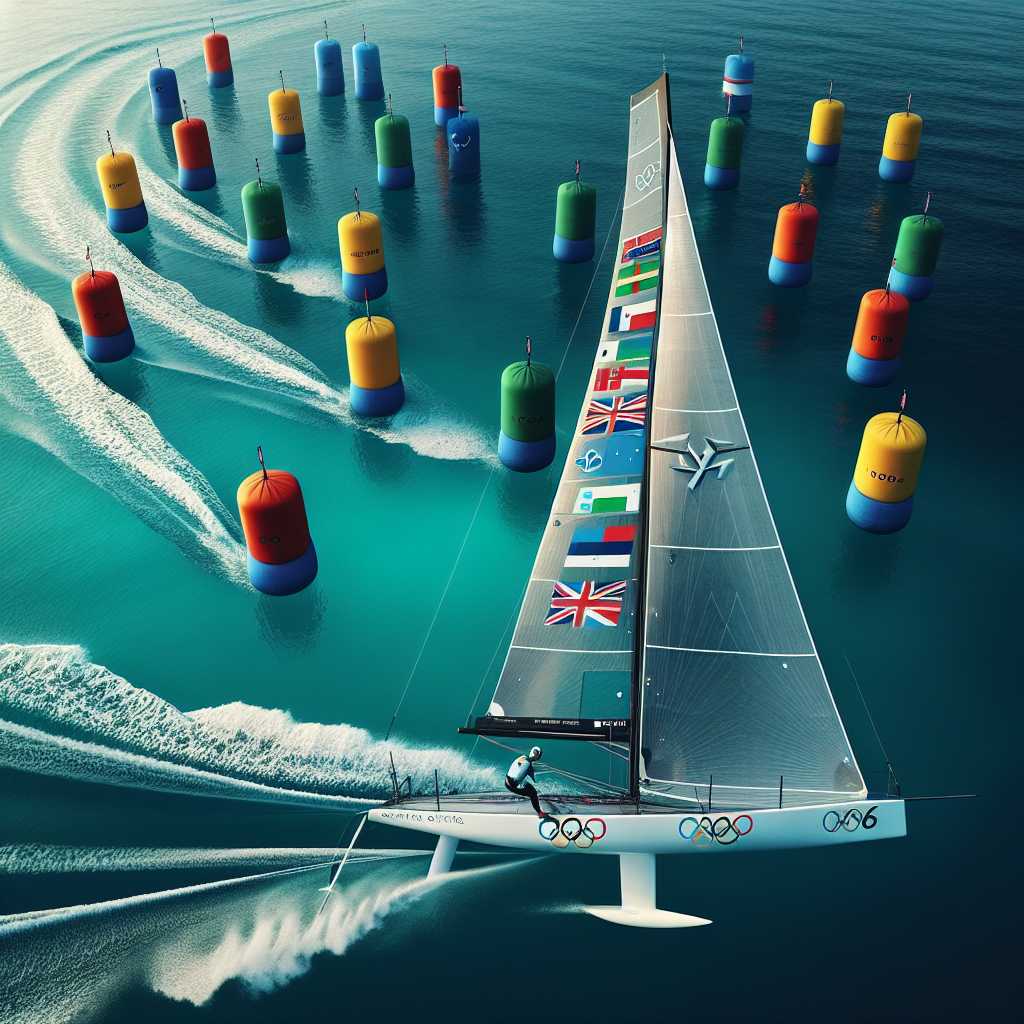The History and Evolution of Sailing in the Olympics
Sailing has always been more than just a means of travel—it’s an intricate sport that has fascinated humankind with a blend of strategic prowess and intimate battle against the elements. Its inclusion in the Olympic Games encapsulates this richly complex and technically demanding pursuit, entwined with a spirit of competitive camaraderie and nautical excellence.
The origins of sailing as a competitive sport in the Olympics dial back to the dawn of modern Olympic Games. Sailing was first featured in the Olympics in 1900, introduced during the second Olympiad held in Paris, France. Despite its absence from the 1904 games, sailing re-established itself as an Olympic fixture from 1908 onwards.
Throughout its Olympic tenure, sailing has undergone extensive transformation, evolving from what was originally known as ‘yachting’ to the more inclusive concept of today’s ‘sailing.’ Across the decades, we’ve witnessed a substantial shift—from traditional wooden boats to sophisticated, technologically advanced vessels that push the limits of design, performance, and sailor skill.
Olympic Classes and Competition Format
The classes of boats used in Olympic sailing have frequently changed, reflecting technological advances and ensuring that the sport remains indicative of contemporary sailing practices. From classical keelboats of early 20th-century regattas to today’s foiling Nacra 17 catamarans and laser-rigged dinghies like Laser Radial and Laser Standard, the Olympic class is defined by precision, stringent criteria, and a chase for perpetual innovation.
Regattas at the Olympics consist of medal races generally formatted on fleet racing principles, where the fastest time wins. Races are usually woven into a series where consistency across multiple races determines overall ranking. A low-scoring system is implemented where each position corresponds to points—accumulating fewer points throughout series confers advantage. The thrilling crescendo often found in an Olympic sailing regatta’s final medal race enables double points, ratcheting tension, and exciting strategizing.
Recent Developments and Turning Tides
Over recent Olympiads, questions surrounding sustainability and equality in sailing have steered meaningful changes. Initiatives to ‘green’ the sport target reduction of environmental impact through better practices on land and water. The venue choice holds significance in projecting sustainability goals with selections favoring coastal sites conducive to responsible ocean stewardship.
Equality strides seem pronounced in mixed-gender class introductions; the mixed Nacra 17 event preaches equitable participation across genders. Further reforms consider equipment choices mindful of accessibility unto diversity within competitor body types and national development levels of sailing acumen.
Impacts of Technology on Modern Sailing Competitions
In synchronization with heightened competitive standards and accelerated equipment advancement, modern-day Olympics witness immense technological impact upon sailing. Revolutionary materials like carbon fiber inject strength yet cut weight from vessels; computationally simulated hydrodynamics refines hull forms for slated efficiencies; while expanded use of GPS and meteorological instruments furnish competitors with precise tactical data.
Sailing software bridges tactics with real-time decision making; information gleaned from throughout-race climate shifts feeds into split-second path choices that can alter race outcome—a test unto itself gauging sailors’ synergistic capacities with their crafts.
